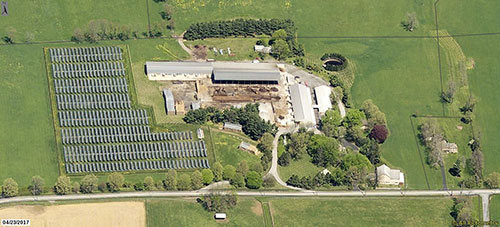Location and Siting Guidance for Solar Power
With demand for solar power facilities rising rapidly, the need for appropriate locations has become readily apparent. This is particularly true for grid-scale solar facilities.
Accessory Solar Systems for Residential and Commercial Uses
When solar power is used to meet the needs of a home, a business, or an institution, it is considered an accessory use to the primary use on a property. These accessory use solar power facilities should be allowed everywhere, with relatively minor local restrictions.
In historic districts and on historic properties, however, new solar panels can be intrusive, and its modern technological design may not be in character with the district or property. In these cases, the solar panels may not meet the Secretary of the Interior's Standards for Rehabilitation. When solar panels are being added to a historic property, they should meet the following general guidelines:
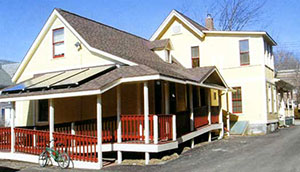
Photo from "Solar Panels on Historic Property," National Park Service, Technical Preservation Services, https://www.nps.gov/tps/sustainability/new-technology/solar/porch-roof.htm
- Hide roof-mounted panels from view so they cannot be seen from the ground. Screen ground-mounted systems and do not permit in front yards.
- Use solar roof tiles that generate solar power but mimic conventional roofs.
- Locate roof-mounted panels on additions at the rear of buildings, on roof slopes that are not prominent, on flat roofs screened from view with a parapet, at the rear of properties, or in a similar unobtrusive location.
Solar Facilities as the Primary Use on a Property
When solar facilities are the primary use on a property, they are often referred to as grid-scale solar or utility-scale solar, with the primary purpose of the facility being to generate electricity that is added to the electric power grid. The Solar Energy Industries Association, the leading trade group for solar developers, defines grid-scale solar as greater than 1 megawatt. These power generator land uses have a different footprint and impact than accessory use solar power. They are much larger in scale, consume significantly more land, and export electricity from the property. Because of the amount of land used for these facilities, municipalities should carefully plan where they can go in the community and how they are sited on specific properties.
Grid-scale facilities have a few critical locational requirements, and municipalities should keep this in mind as they consider the best locations to zone for these uses. Generally, the following criteria will need to be met:
- They will need to connect to high-voltage electric transmission lines, preferably through a substation but also possibly through a line tap. Ideally, there is a direct connection to these facilities. Properties up to a mile away could connect, but the cost and right-of-way issues involved make more-distant projects less feasible.
- The land for the project should have good southerly exposure and be gently sloping.
- There will need to be enough land for the project. On average, it takes 6 acres of land per megawatt of generation. A 20 MW project, which is a typical size, would need 120 acres.
General Locational Guidance
The following list of potential locations of grid-scale solar power facilities is in descending order, from most desirable location to the least desirable.
Buildings with large flat roofs and large parking lots are ideal locations for accessory use solar power facilities that meet the needs of an individual property, but they can also be used for grid-scale solar power facilities. From a land use and environmental perspective, these locations have already been developed and have generated whatever impacts they will have on neighboring properties or natural areas. Municipalities should strongly encourage grid-scale solar power facilities in these locations.
Potential Zoning Approach — Grid-scale solar facilities on roofs or over parking lots are essentially second primary uses on a property. They should be listed as a by-right use in industrial districts and as a by-right or conditional use in retail commercial, office, and institutional uses. Some municipalities may have non-residential districts where they only want to see grid-scale solar facilities on building roofs and in parking; in these cases, the solar facilities only be permitted when they are on a roof or in parking that exists for a different primary use. Solar facilities as an accessory use should be allowed everywhere by-right.
Municipalities can also consider giving a development a bonus for incorporating grid-scale solar on roofs and in parking. Alternatively, they could require that larger buildings be designed in a way that does not preclude solar panels being added in the future, potentially by requiring a certain amount of the roof space to be reserved for solar installations in the future.
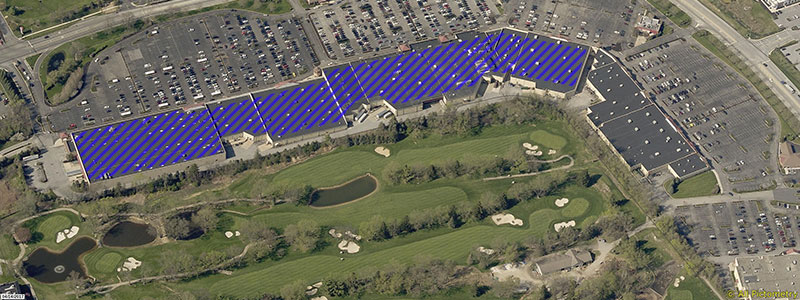
Old industrial sites that are abandoned or underutilized and old quarry sites are ideal locations for new solar power facilities. Typically, these properties have been extensively changed by their prior use and no longer maintain their prior natural character. Municipalities should encourage solar power facilities on these properties.
Potential Zoning Approach — Because brownfields and old quarries can be scattered around a municipality, they do not necessarily fall into one zoning district. One approach with these locations would be to add solar power generating stations to the general provisions section of the zoning code, allowing these facilities on properties that meet the definition of a brownfield or quarry.
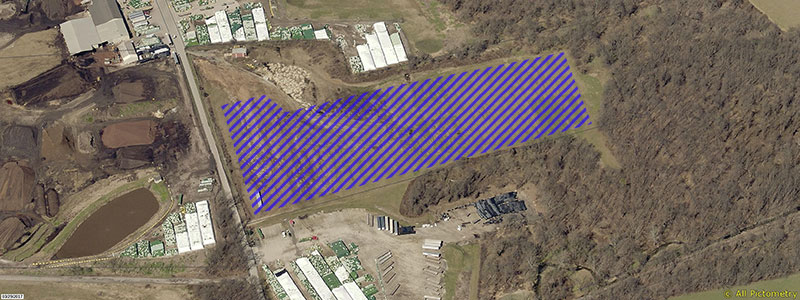
As a utility use, solar power facilities could fit in well with existing electric utility facilities. For example, solar panels could be installed under high voltage electric transmission lines, which would create a long, linear solar field, with a need for the transformer and other supporting equipment to be away from the transmission lines. In Southeastern PA, a variety of uses have been allowed under transmission lines, including parking lots, trails, landscaper's yards, and agriculture. These types of facilities might be relatively small in size.
Potential Zoning Approach — Like brownfields and old quarries, utility lines and utility uses can be scattered around a municipality, which means they might not fall into one zoning district. For allowing solar generating facilities, municipalities could add solar power generating stations to the general provisions section of the zoning code. One issue to keep in mind is that long, linear solar facilities could be very visible and might not be appropriate in scenic viewsheds. To address this issue, municipalities could limit utility scale solar power facilities to zoning districts intended for growth.

Industrial areas are a natural place for electricity generating stations, and many municipalities already allow them in these areas.
Potential Zoning Approach — Solar power generating facilities should be added as a permitted by-right use in all industrial zoning districts.
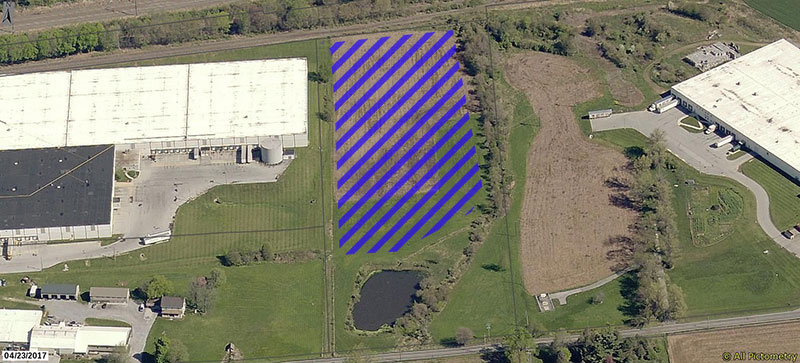
Besides industrial land, there may be other old, underutilized, or vacant non-residential properties in a community that could be reused for solar power facilities. Depending on their location, property size, and characteristics of the surrounding properties, these could be good places for solar power facilities. An old state hospital, for example, might have a lot of land that could be used for solar facilities. An old shopping center, also known as a greyfield, could also be a good location, unless it is a prime property that the community definitely wants to remain retail.
Potential Zoning Approach — Solar power generating facilities should be listed as a special exception or conditional use in retail, office, and institutional districts, potentially requiring a minimum size for the property and that the property already be developed.
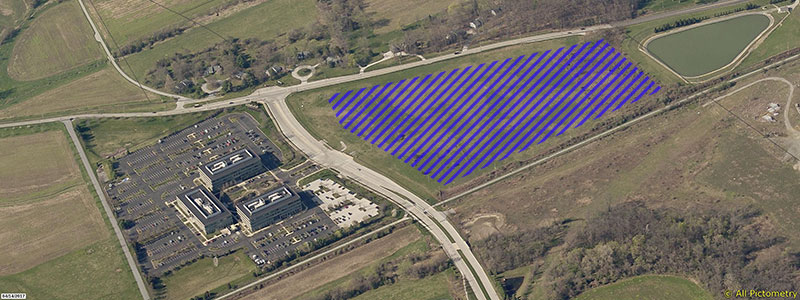
Community solar projects are local solar installations to which residents and business owners can choose to subscribe, earning a credit on their electric bill for their portion of power produced. They are smaller-scale solar facilities that are the primary use on a property and intended to serve nearby properties through a local distribution grid. distributiCommunity solar can be installed on rooftops or be ground mounted. Generally, they should be located near the end users, which could be vacant land next to a residential development or possibly an office park.
Potential Zoning Approach — The zoning ordinance should clearly define community solar facilities, which might include a cap on the size of the facility. Since they are intended to serve specific developments, they should be allowed, perhaps as a special exception or conditional use, in a variety of residential and nonresidential districts.
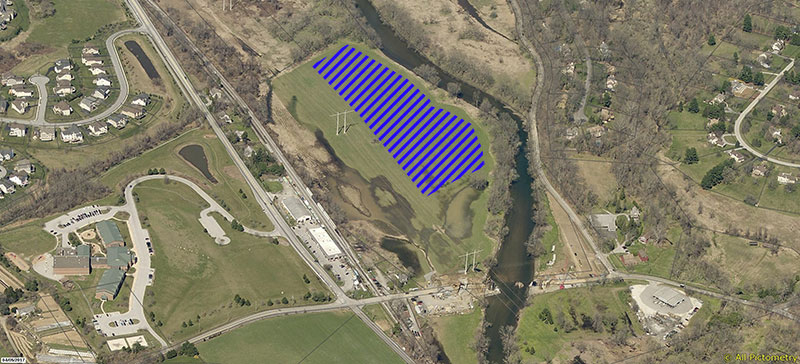
Some communities might have nonagricultural vacant land that is in residentially or agriculturally zoned areas that is appropriate for solar power facilities. Generally, this land should not be wooded, permanently preserved as open space, or in the middle of residential development. It must also have appropriate access to the transmission network.
Potential Zoning Approach — Because residential and agricultural zoning districts tend to take up the bulk of municipal land, municipalities may want to be relatively restrictive on allowing solar power facilities on vacant land in these areas. The facilities should only be allowed as a special exception or conditional use, and the ordinance should also include a maximum distance from transmission power lines, perhaps a half mile. Also, if the community wants to preserve farmland, the land shouldn't be actively farmed. Generally, the land should not be significantly wooded or environmentally constrained.
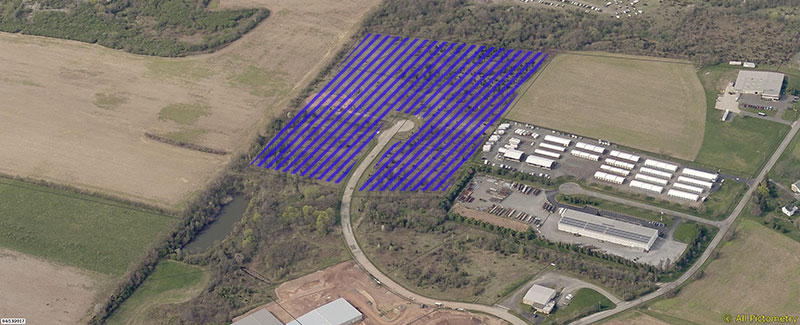
Generally, the amount of farmland in Chester County being converted to grid-scale solar should be limited. This is because the agricultural industry is very strong in Chester County, is most viable when large amounts of land remain farmed, and takes advantage of some of the best and most productive agricultural, non-irrigated soils in the world. Ideally, grid-scale solar power facilities will be located on marginal farmland that has less than 50% of its soils in soil capability classes I through IV. In addition to having lower quality agricultural soils, farmland considered for utility-scale solar facilities should not be permanently preserved, should have appropriate access to the transmission network, should not be in the middle of scenic or historic viewsheds, and should be relatively isolated from large blocks of active farmland.
Potential Zoning Approach — When municipalities want to allow grid-scale solar facilities in their agricultural areas, they may want to only allow these facilities as a special exception or conditional use that meets certain criteria, like the quality of the agricultural soils, and the ordinance should also include a maximum distance from transmission power lines, perhaps a mile or less.
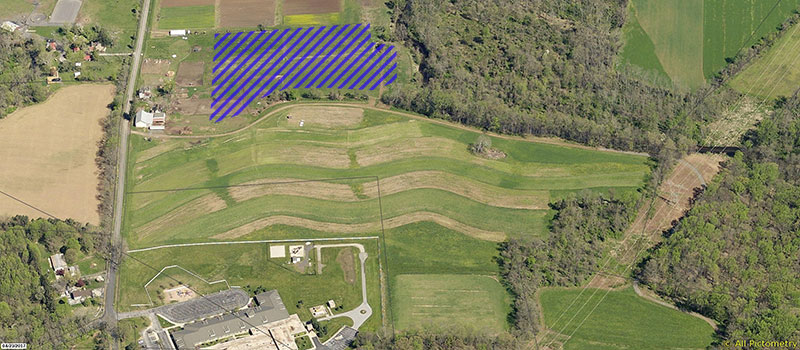
To encourage as much solar power generation as possible and to support farmers who might want additional income on part of their farm, some municipalities might want to allow grid-scale solar facilities on farms with higher quality soils. In these cases, they may want to limit how much of the farm can be converted to solar facilities and how much must remain farmed.
Potential Zoning Approach — When municipalities want to allow grid-scale solar facilities on more productive farms in their agricultural areas, they may want to only allow these facilities as a special exception or conditional use that meets certain criteria, such as limiting the facilities to no more than 25% of actively farmed areas. The ordinance should also include a maximum distance from transmission power lines, perhaps a mile or less.

Specific Siting Guidance
On individual properties, the following site design issues should be addressed for typical, ground-mounted systems:
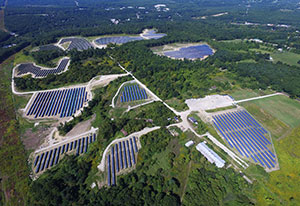
Photo by Michael Faria from "Planning for Utility-Scale Solar Energy Facilities," American Planning Association, https://www.planning.org/pas/memo/2019/sep/
- Facilities should be placed on southern facing slopes, keeping the natural contours of the land as much as possible, with regrading minimized.
- Facilities should be located so that the length of the connection to the electric transmission network is minimized, as well as the impact of this connection on the community.
- Natural areas should be preserved and minimally impacted by construction. This includes steep slopes, floodplains, riparian buffers, wetlands, and woodlands.
- When a farm is being developed, high quality agricultural soils should be preserved with facilities focused on lower quality agricultural soils.
- Historic buildings on properties should be preserved. When feasible, they should be adaptively reused.
- Scenic road corridors, scenic viewsheds, and historic viewsheds should be preserved, with facilities located outside of these areas.
- When solar fields are visible from streets or abutting residential properties, they should be screened from view with naturalistic plantings that blend into the surroundings rather than monolithic and linear screens. This is particularly important for community solar facilities in the middle of residential neighborhoods.
- Structures within solar facilities should match the character of the surrounding community. Fencing, bridges, culverts, buildings, and other structures should fit in, potentially with residential features on buildings, stone facings on bridges and culverts, and attractive fencing.
- Within aviation zones, any potential glare must be addressed.
- Equipment must comply with municipal sound requirements.
- Solar facilities must comply with municipal stormwater regulations and should incorporate best management practices, as well as naturalized facilities like rain gardens and bioswales. Grading for stormwater should be minimized. Pervious areas under panels should count as pervious for stormwater calculations.
- Future decommissioning and removal must be built into all plans.
